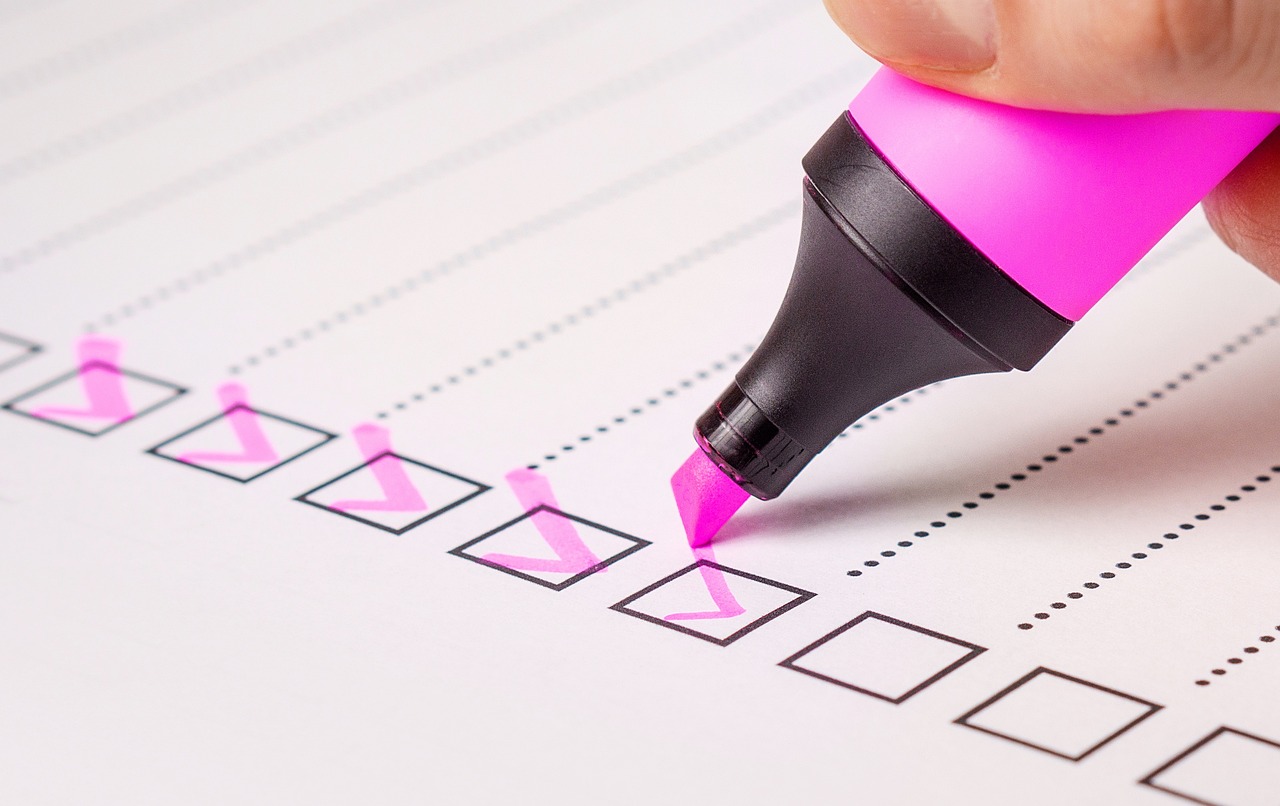Crafting compelling headlines begins with a deep understanding of your target audience. Knowing who your readers are and what they’re looking for allows you to create headlines that resonate and drive clicks.
Identify Your Target Audience
To create headlines that truly connect, you need to have a clear picture of your audience demographics and interests. Consider the following table:
| Demographic | Interests | Preferred Content |
|---|---|---|
| Millennials (25-40) | Personal finance, career growth | How-to guides, listicles |
| Gen Z (18-24) | Technology, social issues | Video content, infographics |
| Baby Boomers (57-75) | Health, retirement planning | In-depth articles, expert advice |
| Small Business Owners | Marketing strategies, productivity | Case studies, actionable tips |
| Working Parents | Work-life balance, parenting tips | Quick reads, time-saving hacks |
Understanding these characteristics helps you tailor your headlines to appeal directly to your audience’s needs and preferences.
Address Audience Pain Points
Effective headlines often address specific problems or questions that your audience is grappling with. To create such headlines:
- Conduct surveys or polls to identify common challenges
- Monitor social media discussions in your niche
- Analyze frequently asked questions in your industry
- Use keyword research to find popular search queries
For example, if your audience consists of small business owners struggling with online marketing, a headline like “5 Proven Strategies to Double Your Social Media Engagement” directly addresses their pain point and promises a solution.
Use Power Words
Power words are the secret weapon of headline writing. These are words that evoke emotion, create urgency, or promise value, compelling readers to click through to your content.
Emotional Triggers
Incorporating words that trigger emotional responses can significantly boost your headline’s effectiveness. Here’s a list of emotional trigger words to consider:
- Exclusive
- Secret
- Shocking
- Incredible
- Essential
- Powerful
- Proven
- Guaranteed
- Revolutionary
- Instant
For instance, “The Secret to Writing Headlines That Convert” is more compelling than “How to Write Good Headlines.”
Action Verbs
Strong action verbs make your headlines more dynamic and engaging. They create a sense of movement and urgency. Consider these examples:
- Discover
- Unleash
- Transform
- Dominate
- Boost
- Skyrocket
- Master
- Unlock
- Conquer
- Revitalize
A headline like “Unlock the Power of SEO: 10 Techniques to Skyrocket Your Rankings” uses action verbs to create excitement and promise results.
Incorporate Numbers and Lists

Headlines featuring numbers and lists are consistently popular among readers. They provide a clear structure and set expectations for the content.
Use Odd Numbers
Interestingly, headlines with odd numbers often outperform those with even numbers. Here’s a comparison:
| Odd Numbers | Even Numbers |
|---|---|
| 7 Tips for Better Writing | 6 Ways to Improve Your Writing |
| 5 Secrets of Successful Bloggers | 4 Strategies for Blogging Success |
| 11 Must-Have Tools for Content Creators | 10 Essential Content Creation Tools |
While the difference may seem subtle, odd numbers can make your headline stand out and appear more authentic.
Create Lists
List posts, often called “listicles,” are popular because they’re easy to scan and digest. Examples of effective list headlines include:
- “9 Proven Tactics to Boost Your Email Open Rates”
- “13 Time-Saving Hacks for Busy Entrepreneurs”
- “7 Common Blogging Mistakes (And How to Avoid Them)”
- “15 Must-Read Books for Aspiring Writers”
- “11 Expert-Approved SEO Techniques for 2024”
These headlines clearly communicate the value and structure of the content, making them highly clickable.
Keep It Short and Sweet
In the world of headline writing, brevity is key. Concise headlines are more impactful and easier to understand at a glance.
Ideal Headline Length
While there’s no one-size-fits-all rule, research suggests that headlines between 6-8 words tend to perform best. Here’s a chart showing optimal headline lengths:
| Length | Effectiveness |
|---|---|
| 1-5 words | Too short, may lack context |
| 6-8 words | Optimal length for engagement |
| 9-12 words | Still effective, but may lose impact |
| 13+ words | Too long, may be truncated in search results |
Remember, these are guidelines rather than strict rules. The most important factor is that your headline clearly communicates your message.
Eliminate Unnecessary Words
To create punchier headlines, remove filler words and focus on the core message. For example:
- Before: “How You Can Learn to Write Better Headlines in Just a Few Simple Steps”
- After: “Master Headline Writing in 5 Simple Steps”
The revised version is more direct and impactful, while still conveying the main idea.
Make Promises and Deliver
Effective headlines often make a promise to the reader, whether it’s solving a problem, providing valuable information, or offering a unique insight.
Promise Value
Your headline should clearly state what readers will gain from your content. Here are some examples of benefit-driven headlines:
- “Double Your Productivity with These 7 Morning Habits”
- “Learn to Code in 30 Days: A Step-by-Step Guide for Beginners”
- “Cut Your Marketing Budget in Half While Boosting ROI”
- “Master Public Speaking: From Nervous Novice to Confident Communicator”
- “10 Nutrient-Rich Recipes to Supercharge Your Immune System”
Each of these headlines promises a specific, valuable outcome to the reader.
Avoid Clickbait
While it’s important to make your headlines attractive, it’s equally crucial to ensure your content delivers on the promises made. Clickbait headlines might get initial clicks but can damage your credibility and reader trust in the long run.
Instead of sensationalized claims, focus on accurately representing your content while still highlighting its value. For instance, instead of “This One Trick Will Make You a Millionaire Overnight,” try “5 Proven Strategies to Boost Your Savings and Build Wealth.”
Use Keywords Strategically

Incorporating relevant keywords in your headlines not only improves SEO but also helps attract organic traffic by aligning with what your audience is searching for.
Keyword Research
To identify high-traffic keywords related to your topic, use these tools:
- Google Keyword Planner
- SEMrush
- Ahrefs
- Moz Keyword Explorer
- Ubersuggest
These tools can help you find popular search terms and long-tail keywords that you can incorporate into your headlines.
Placement and Density
When using keywords in headlines:
- Place important keywords near the beginning of the headline
- Maintain a natural flow; don’t force keywords if they don’t fit
- Aim for a keyword density of 1-2% in your overall content
- Use variations of your main keyword to avoid overoptimization
For example, if your target keyword is “content marketing,” a headline like “Content Marketing Strategies: 7 Tactics for Higher Engagement” effectively incorporates the keyword without sacrificing readability.
Ask Questions
Engaging readers by asking intriguing questions in your headlines can pique curiosity and encourage clicks.
Open-Ended Questions
Use questions that spark curiosity and prompt readers to seek answers. Examples of effective question headlines include:
- “Why Do Some Blogs Fail While Others Thrive?”
- “What’s the Secret to Writing Viral Content?”
- “How Can You Turn Your Passion into a Profitable Business?”
- “Are You Making These Common SEO Mistakes?”
- “What Will the Future of Content Marketing Look Like?”
These questions address common concerns or interests of your audience, encouraging them to read further for the answers.
Address Reader Curiosity
Craft questions that reflect common queries your readers might have. You can find inspiration for these questions by:
- Analyzing frequently asked questions in your niche
- Monitoring social media and forum discussions
- Reviewing comments on your existing content
- Conducting keyword research for question-based searches
By addressing these curiosities directly in your headlines, you signal to readers that your content has the answers they’re looking for.
Leverage Trends and Timeliness
Staying relevant by incorporating current trends and timely topics can significantly boost the appeal of your headlines.
Trend Analysis
To monitor industry trends and find popular topics, use these tools:
- Google Trends
- BuzzSumo
- Twitter Trending Topics
- Reddit Trending Subreddits
- Industry-specific news aggregators
Regularly checking these sources can help you identify emerging topics and trends that you can leverage in your headlines.
Timely Content
Create headlines that relate to current events or seasonal topics. For example:
- “10 Work-From-Home Productivity Hacks for the Post-Pandemic Era”
- “Holiday Marketing Strategies: 5 Ways to Boost Sales This Season”
- “How AI is Revolutionizing Content Creation in 2024”
- “Earth Day Special: 7 Eco-Friendly Practices for Sustainable Blogging”
These headlines tie your content to current events or seasons, making them more relevant and timely for readers.
Test and Analyze Headlines
To consistently create effective headlines, it’s crucial to continuously test and analyze their performance.
A/B Testing
A/B testing involves comparing two versions of a headline to see which performs better. Here’s a quick guide to A/B testing:
- Create two versions of your headline
- Show each version to a similar audience
- Measure performance metrics (click-through rate, time on page, etc.)
- Analyze results to determine the winning headline
- Use insights to inform future headline writing
Tools like Google Optimize, Optimizely, and VWO can help you conduct A/B tests on your headlines.
Analyze Metrics
Use analytics to measure headline performance and make data-driven adjustments. Key metrics to track include:
- Click-through rate (CTR)
- Time on page
- Bounce rate
- Social shares
- Conversion rate
By analyzing these metrics, you can identify patterns in what types of headlines resonate most with your audience and refine your approach accordingly.
Crafting compelling headlines is both an art and a science. By understanding your audience, using powerful language, leveraging current trends, and continuously testing and refining your approach, you can create headlines that capture attention, drive traffic, and engage your readers effectively. Remember, the best headlines not only attract clicks but also accurately represent your content, building trust and loyalty among your audience over time.
